Florida’s Everglades boasts one of the most unique ecosystems on earth. And for the fly angler, it presents an endless bounty of pristine flats, backwater bays, and mangrove-dotted shorelines.
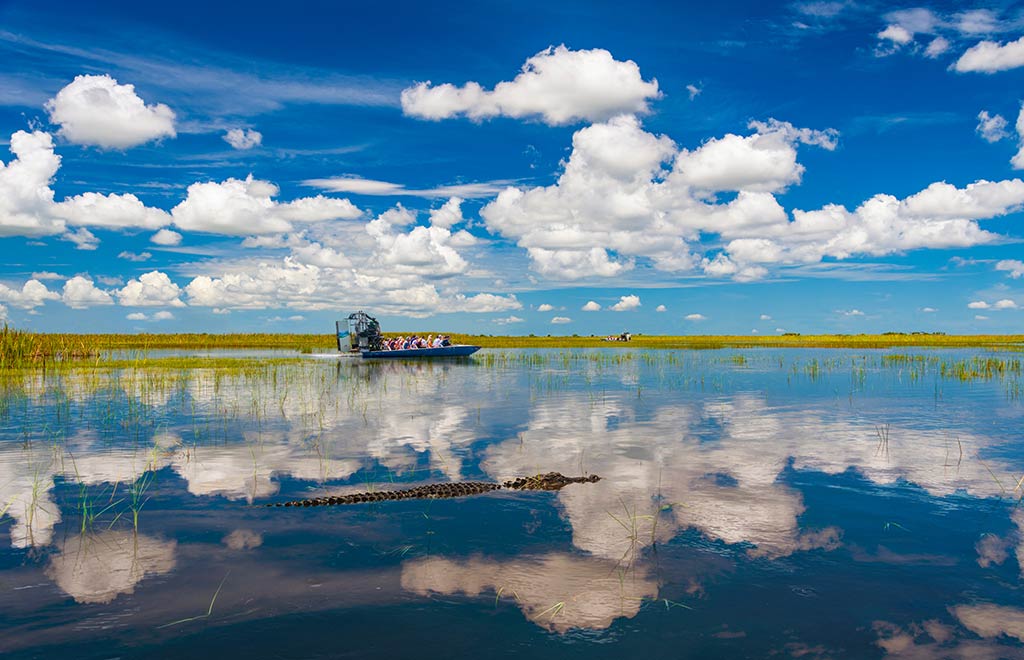
But the Everglades doesn’t give up her secrets so easily. This large watershed has sent more anglers home empty-handed than most fishing shows will admit!
Knowing where to go, when to go, and what to look for can really make a difference. Let’s take a closer peek at what you should know to plan an unforgettable fly fishing trip in the Everglades.
Where to Go Fly Fishing in the Everglades
The Everglades is a broad geographic term. The region spans 1.5 million acres on the southernmost tip of Florida. This huge area can overwhelm anglers when deciding where to start their trip. For the purposes of this article, I’m going to focus on Everglades City and the nearby Chokoloskee Bay.
These are the most popular spots for anglers to jumpstart their Everglades endeavor and fish the endless saltwater labyrinth in chase of Snook, Tarpon, Spotted Seatrout, Redfish, and more.
Everglades City
In Everglades City, you’ll find everything you need to prepare for your trip. Food, fuel, bait, and tackle are all available in the mom-and-pop shops in the area. And if you’re planning a multi-day excursion – load up on supplies! Once you’re on the water there are no other towns or marinas for miles.

Heading south from Everglades City you will enter Chokoloskee Bay. This shallow bay is the starting point for the Gulf Coast side of the Everglades.
There’s plenty of good fishing in this area, but pay attention to sand bars and oyster bars – and be sure your navigation charts are up to date! Tidal influence in the bay can be very strong.
Other options include heading northwest to fish the Ten Thousand Islands, heading south toward Rabbit Key for some surf fishing, or heading inland. The Lopez River’s more brackish waters are a delight to tackle, too.
Chokoloskee Bay
Within Chokoloskee Bay, you can catch all of the popular gamefish South Florida is famous for. I’m talking Snook, Redfish, Trout, Tarpon, Sheepshead, Mangrove Snapper, Flounder, Jack Crevalle, Bluefish, and more.

Most anglers fish the south side of the bay where the scattered spoil islands, cuts, and passes weave in and out like a tangled web of fishing hot spots. Be sure to check the tide and wind forecast, and plan your trip accordingly.
In most cases, you’ll want the sun and wind at your back when planning drifts or poling. If you’re unsure of the area and hazards under the water, it’s best to cut the engine and slowly pole around.
If you want to focus on targeting Redfish on the fly, look for shallow oyster bars. For Snook, keep an eye out for flowing water and pinch points where they’re likely to wait and ambush. Trout, Snappers, and other species can be found scattered throughout seagrass beds, sandbars, and underwater ledges.
Remember, this is a big fishery and a huge area. Don’t get overwhelmed. Focus on one small section and break it down systematically by trying deep then shallow waters – and mix up fast and slow retrieves. Or consider hiring a reputable charter captain in the area to show you the ropes.
In fact, many anglers opt to hire a charter captain to help plan a trip and put them on their desired target species.
Other Top Spots
From Chokoloskee Bay, you can head in nearly any direction and find unspoiled wilderness with the potential to hold fish. Here are a few other areas to explore:
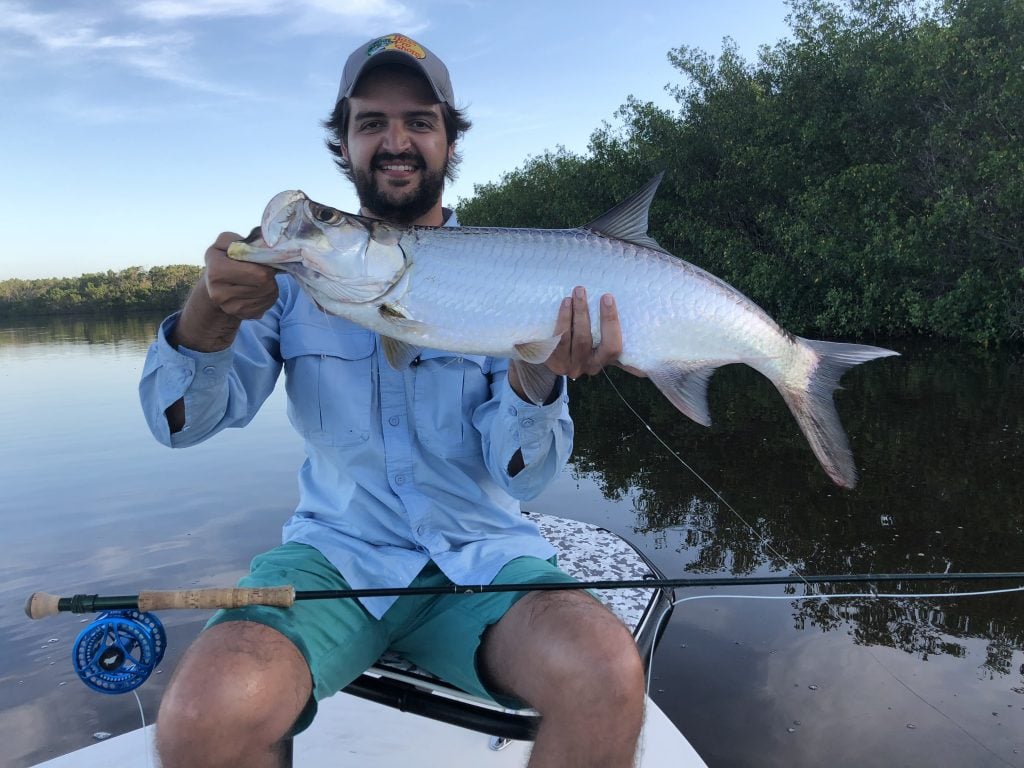
Indian Key Pass. Indian Key Pass is the most direct and deepest gateway from Everglades City into the Gulf of Mexico. In this area, you’re likely to encounter larger predatory species, such as Sharks, Tarpon, and Goliath Grouper.
Sandfly Island. Located in central Chokoloskee Bay, Sandfly Island boasts a restroom and several hiking trails. It’s a great place to take a break and stretch your legs, with numerous protected and shallow bays on the west side of the island.
Chokoloskee Pass. Chokoloskee Pass is the closest deepwater access from the small hamlet of Chokoloskee. You can launch your boat or kayak and fish this area within a few minutes. This location is great for day trips and is fairly easy to navigate.
Lopez River. The major tributary to southern Chokoloskee Bay, here you can head upriver into “dark water” territory. These brackish waters are heavily protected from wind. And, the further upstream you go, the more likely you are to encounter freshwater species like Largemouth Bass and exotic Cichlids.
When to Go Fly Fishing in the Everglades
Although South Florida is known for its year-round pleasant weather, it’s important you plan your trip for the best time of year.
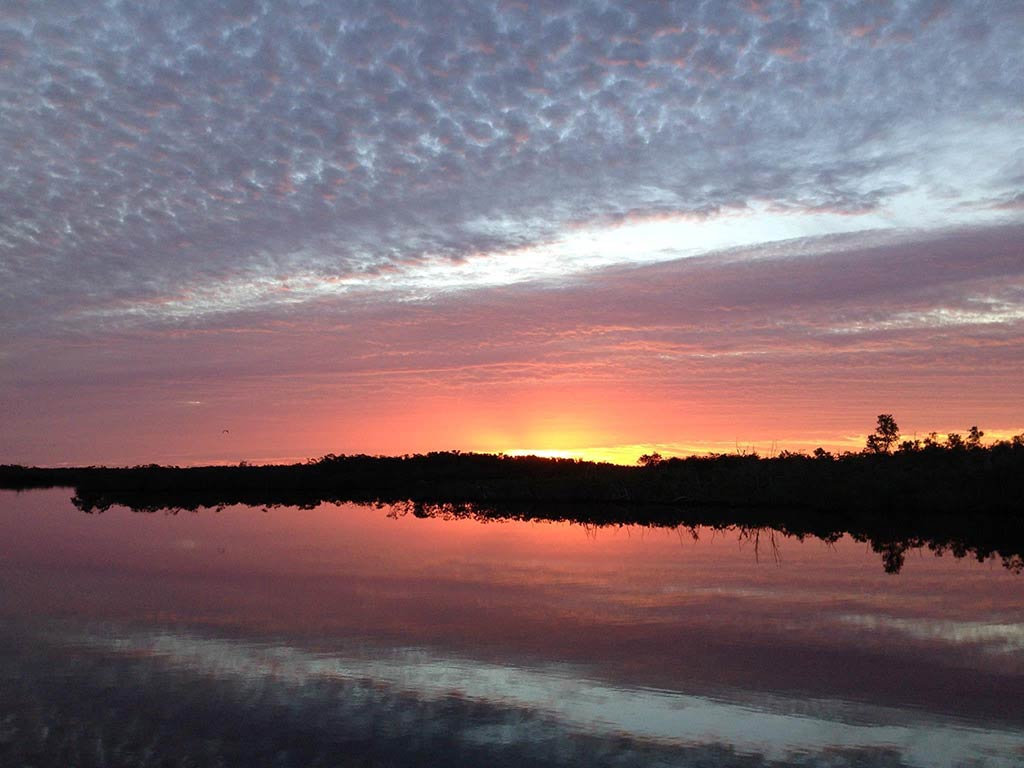
The best time to fly fish in the Everglades is during the cooler months. So between November and March is your best bet. During the winter months, water clarity is usually at its best, making it ideal to spot ailing Redfish or hidden Trout. Not to mention there’s less boat traffic and no biting insects!
Now, that’s not to say that you can’t find great fishing opportunities during the summer, too. Snook and Tarpon fishing is particularly good during late spring and the early summer months. Specifically, April, May, and June.
But be warned! During the summer, temperatures can easily reach 100 degrees and the mosquitos and noseeums can be relentless. Summer is also thunderstorm season, so keep a close eye on the afternoon radar during this time of year. Storms usually pop up quickly between 1–3 p.m. FYI.
Pro Tip: Plan an Overnight Trip
One of the unique features of the Everglades and Chokoloskee region is that camping is allowed on beach sites and elevated chickees throughout the park. You can apply for permits from the Everglades National Park website, and paddle or boat right to your own private campsite.
Many anglers go for this option and plan a circular route. That means camping in a new spot each night until they circle back to their starting destination. Wake up to the sunrise peeking through your tent and reach the fishing grounds in minutes. It’s an experience I highly recommend.
How to Find Fish in the Everglades
The key to finding fish in the Everglades and Chokoloskee Bay area is to look for pinch points and areas that will concentrate bait. Invest in a good chart of the area you intend to fish and be sure your navigation electronics are up to date.
The old adage that 90% of the fish are in 10% of the area holds true in this region. Everywhere looks fantastic, but not everywhere holds fish. Specifically, look for the following habitat features:
- Bottlenecks. These are areas where a large body of water slims down into a narrow section. This could be a river, cut, or inlet that tends to concentrate fish. The smaller the better!
- Springs or water flows. Old-timers say there are underwater springs scattered throughout the Everglades. And if you’re lucky enough to find an underwater upwelling, you may have found a gold mine. Cold-intolerant fish will stack up in these areas during the winter months.
- Submerged bars. There’s no shortage of oyster bars and sand bars in the Everglades. But keep an eye out for ones that extend out into deeper water just under the surface. These hidden bars often get less pressure and can hold fish during both high and low tides.
- Ledges. Throughout the numerous passes in the region you’ll find deeper water that has cut into the limestone. These underwater ledges, although small (usually less than 8 feet deep), are excellent areas to find Goliath Grouper and Snapper.
Lastly, keep an eye out for the other obvious signs of predatory fish. Schooling bait fish, diving birds, and other surface action could all denominate potential sweet spots.
Best Everglades Fly Fishing Tackle
The fly fishing tackle for the Everglades region should match the species you intend to target.
Rod and Reel
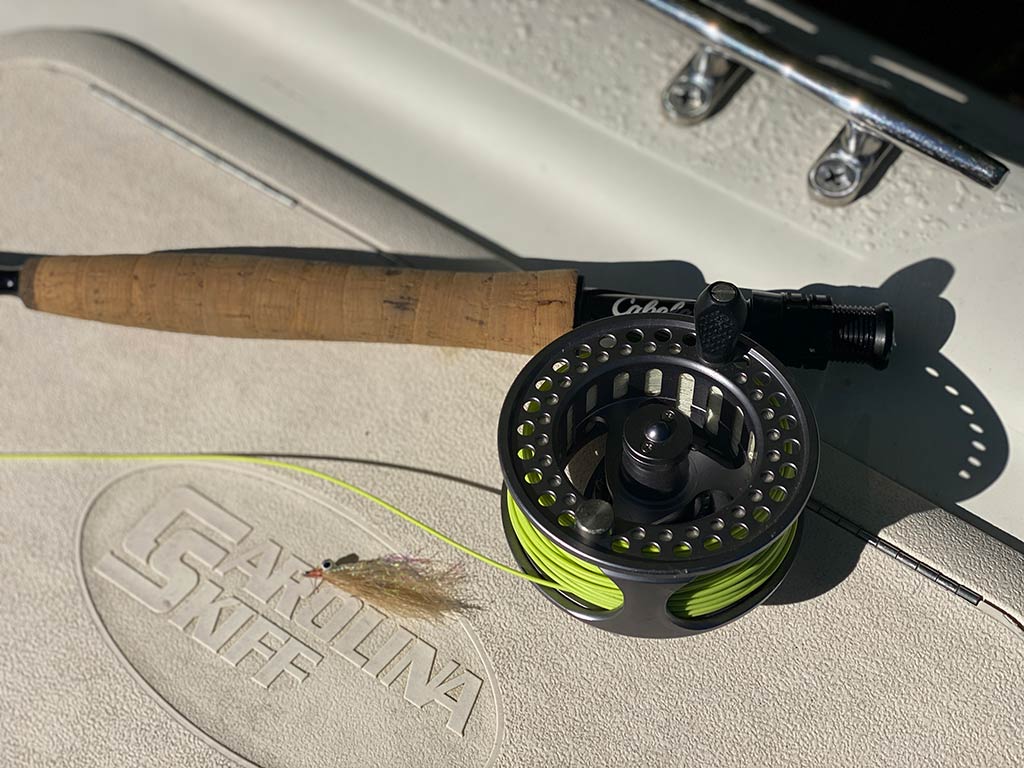
If you intend to fish the Gulf side for a chance at Tarpon, Sharks, or Permit, you’ll want something heavy. Around the 9–12 wt class is best, both to cast against the wind and have enough power to control fish.
If you intend to fish inland bays or in the backcountry for Redfish, Trout, and Snook, a 6–8 wt setup is most popular.
But if you want to venture deep within the everglades in search of Largemouth Bass and Panfish, bring along your favorite 4–5 wt rod.
Keep in mind that some of the best fishing in the Everglades and Chokoloskee takes place in very tight quarters. You may spend all day fishing a narrow stretch of water, no more than 15 feet wide, surrounded by thick mangroves. Be sure to practice your roll casts and steeple casts to avoid snags!
Flies
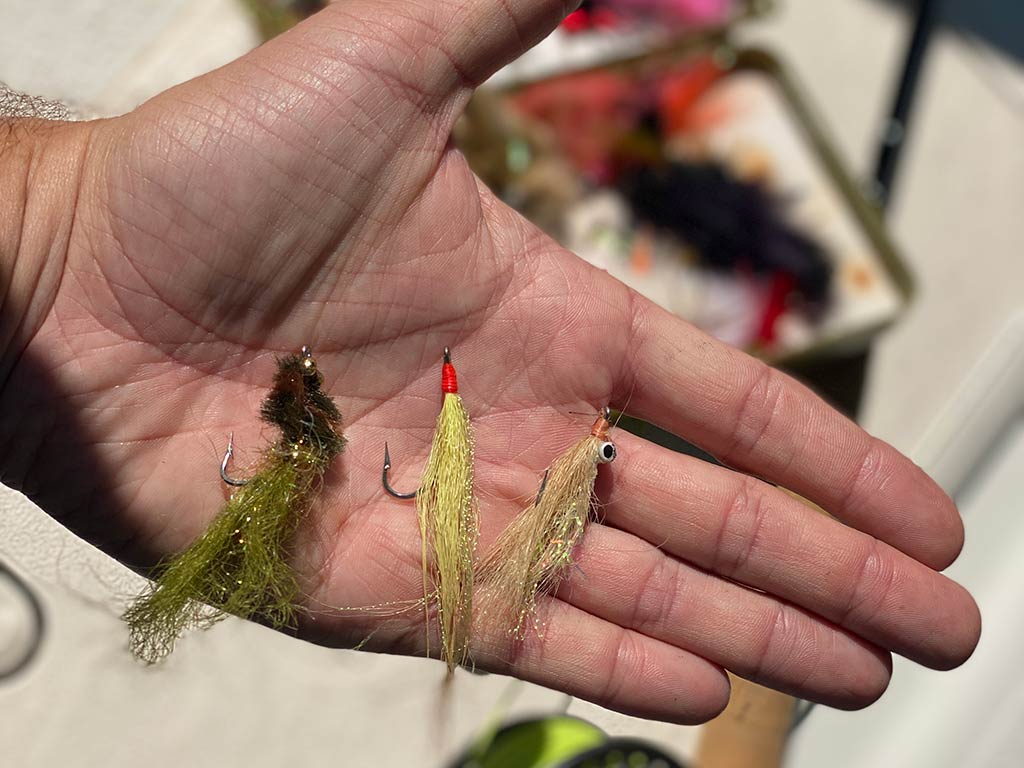
Popular and tested flies like clouser minnows, gurglers, poppers, and muddlers work great in the Everglades. White, chartreuse, black, and tinsel patterns are the most common.
And don’t leave home without your favorite crab or shrimp pattern fly, especially if you happen to time your fishing trip with a shrimp run or crab hatch. Keep the sizes small. Anything from a #5 to 1/0 should accommodate most species.
Other local favorites include the marsh munchie and tarpon bunny. Don’t hesitate to ask around and experiment with different fly patterns and pay attention to the natural bait you see while fishing.
Everglades Fly Fishing Regulations
Both residents and non-residents are required to have a valid fishing license in Florida. The good news is that, if you’re fishing with a licensed charter operator in saltwater, you won’t need one.
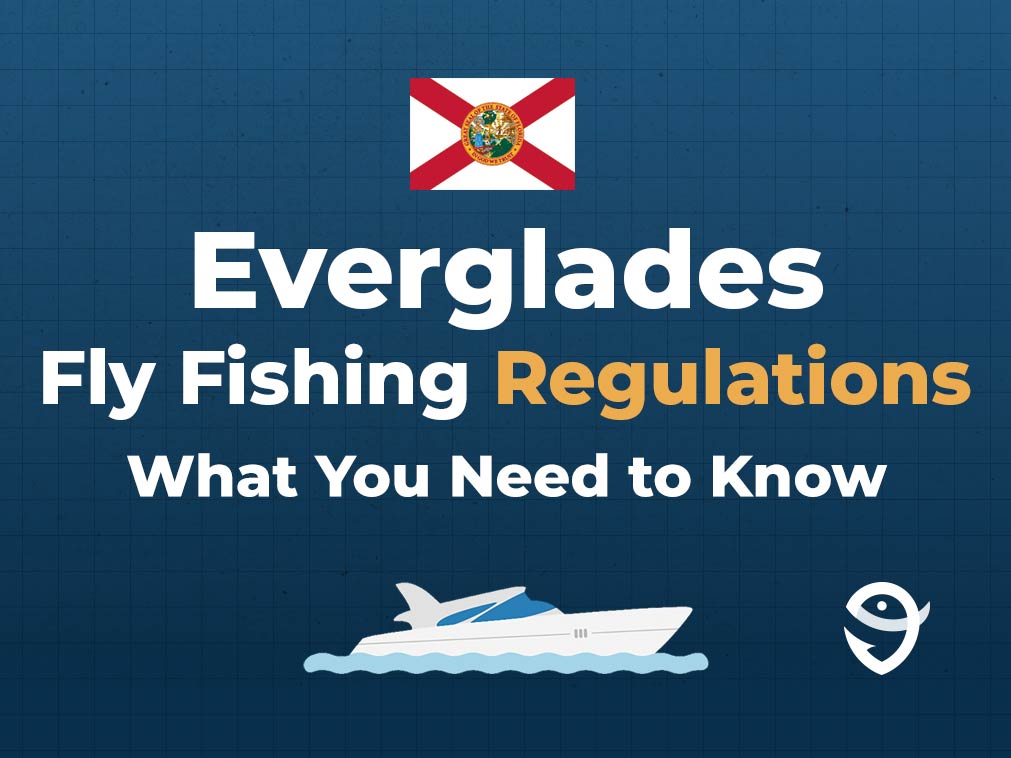
You should also know that many species of fish have a closed season, or strict slot limit. These include Snook and Redfish. Meanwhile, other species, such as Tarpon, are catch and release only. Be sure to visit the MyFWC website to get the most up-to-date information on fishing regulations in the area.
And because Chokoloskee lies within Everglades National Park, the collection of plants and wildlife (such as coral, sponges, starfish, etc) is strictly prohibited. As with any wilderness area, pack out what you pack in, and leave no trace so others may enjoy this unique ecosystem.
What to Bring
Due to the remote location of the Everglades, it’s important you pack and prepare properly. Phone service is non-existent in most places, so don’t count on having access to the internet. Along with normal boating safety equipment, I highly recommend the following:
- Plenty of fresh water to drink
- Bug spray/repellent
- VHF radio
- Drift sock
- Sand anchor
- Printed tide tables
- Park pass and permits (if camping)
- Sunscreen
- Pants, closed-toe shoes, and long-sleeved clothing.
Lastly, and most importantly, do not forget to file a float plan. Inform a friend or family of your departure date and return date along with your intended route. It’s easy to get lost in this area!
Everglades Fly Fishing: A Winning Combo

The Everglades is a majestic oasis where every turn and corner seems like it should be on the cover of a magazine. With a little luck, you’ll not only find fantastic world-class fly fishing, but solitude and peace along its endless shoreline. Good luck!
Have you ever been fly fishing in the Everglades? How was it? Got any tips or favorite spots to share with our readers? Let us know in the comments below!
The post Fly Fishing in the Everglades: The Complete Guide appeared first on FishingBooker Blog.
https://ift.tt/KaDW7f0
0 Comments
Enregistrer un commentaire